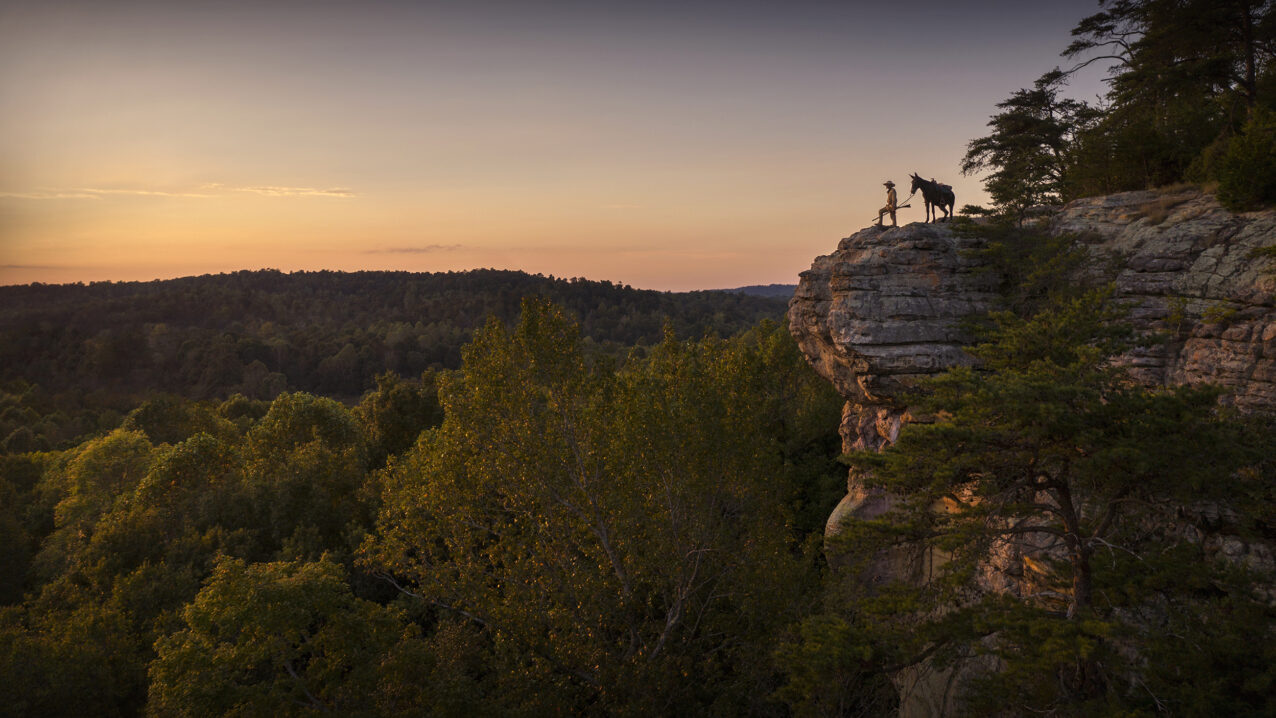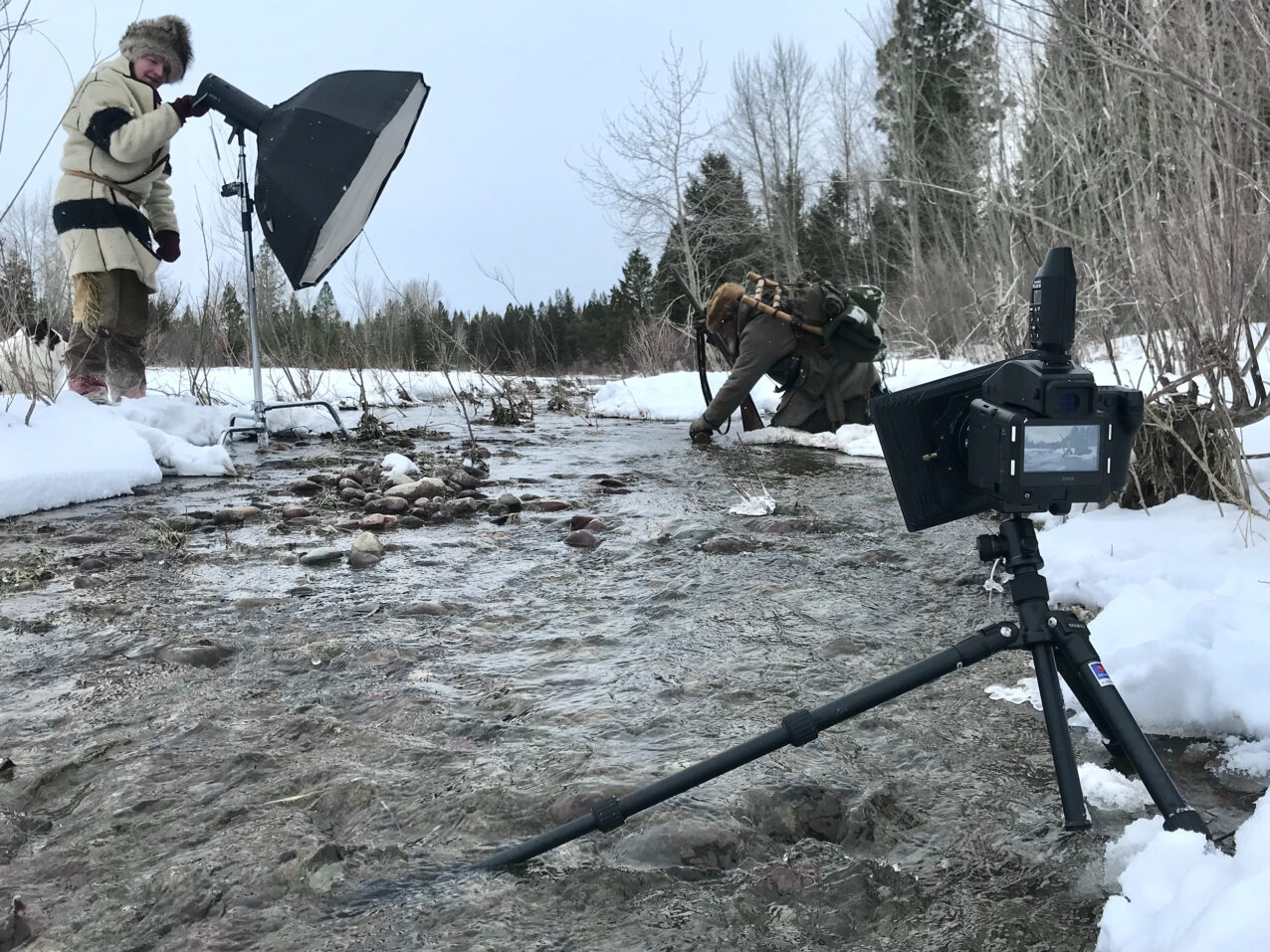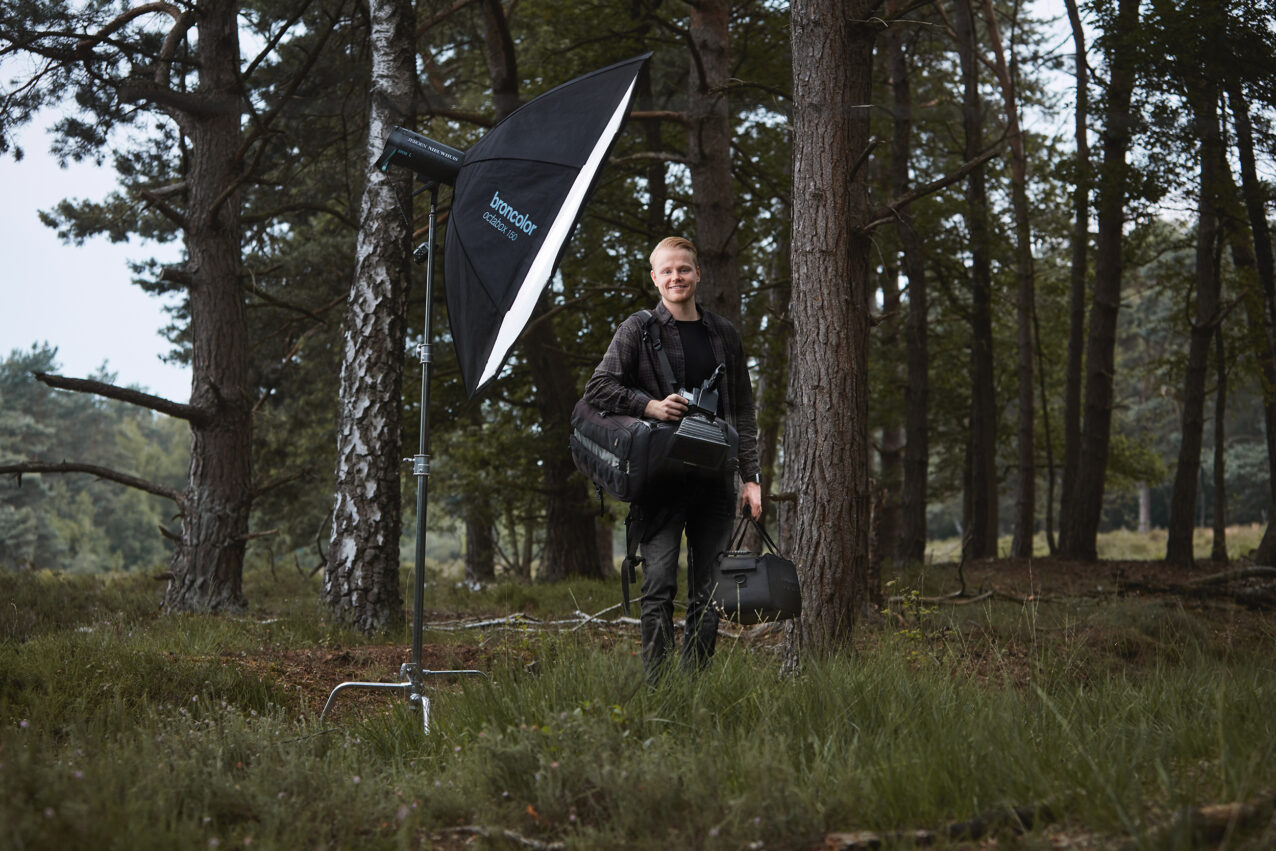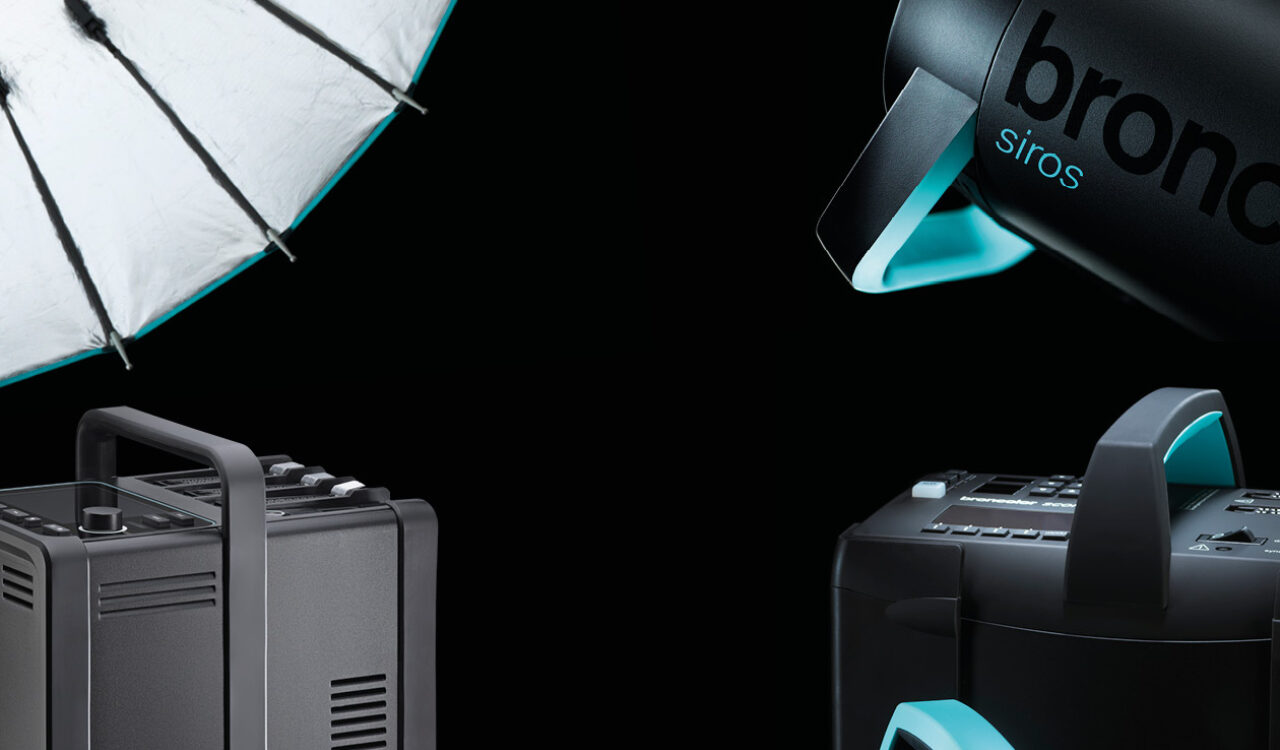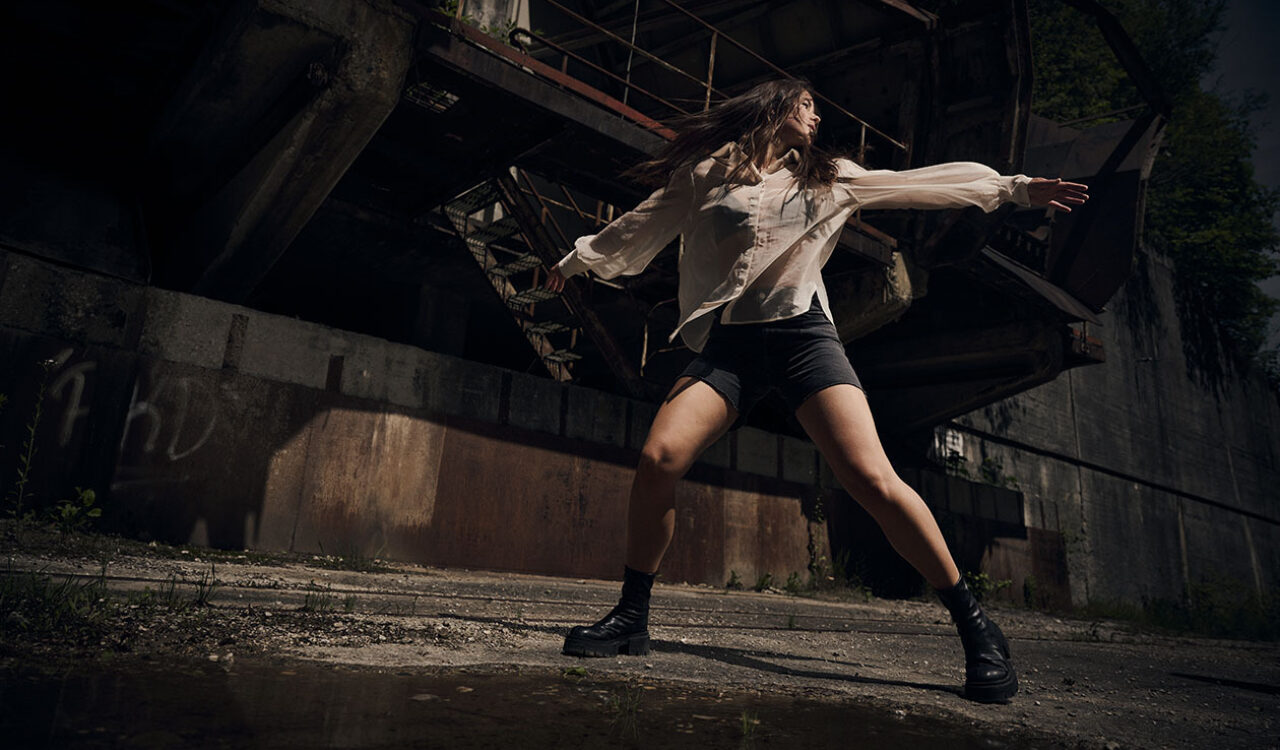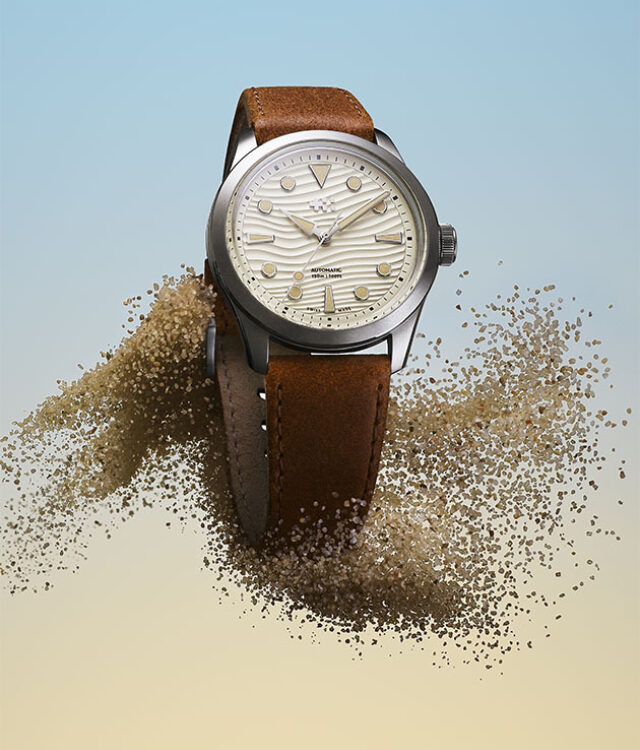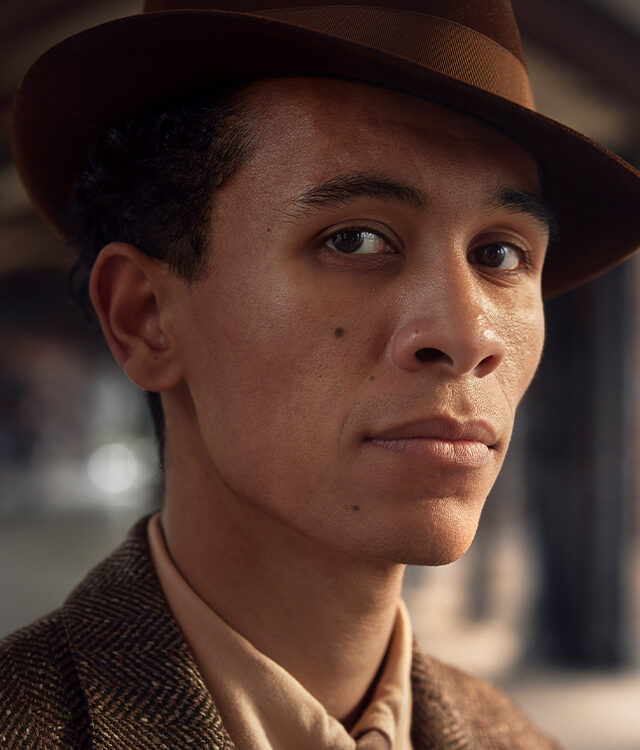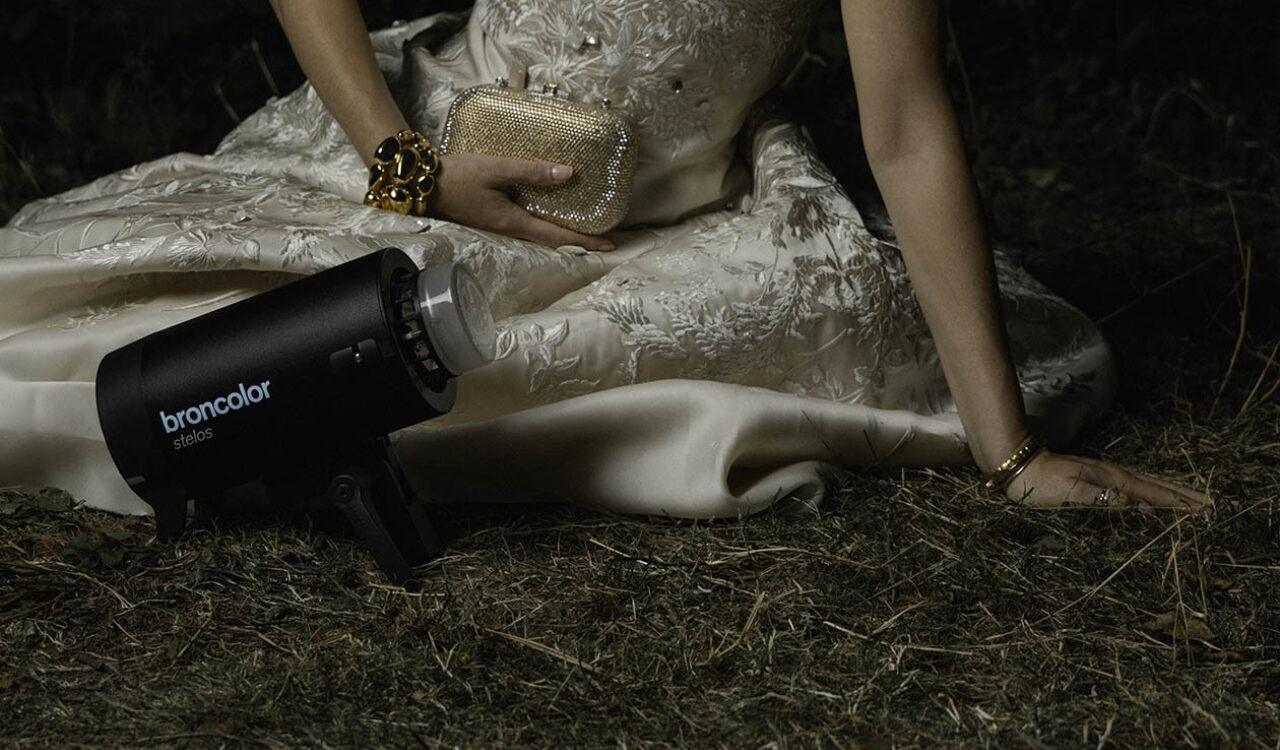In 2015, I found an article about a group of men that eventually took hold of me for over five and a half years. This extraordinary group has the ability to survive under any weather condition using only what nature has to offer. And to make it even harder, they only use historical equipment from the beginning of the 19th century. This group of men calls themselves ‘The Mountain Men’. They live in the footsteps of the fur traders whose activity flourished in the Rocky Mountains between 1804-1840.

I began my quest trying to get in contact with some of these Mountain Men. After months of reaching out to various museums and historians, I finally managed to get in touch with Duane ‘Badger’ Richardson, a well-respected member of The American Mountain Association. What was supposed to be a one-time visit, evolved into a total of eight trips to various regions throughout every season to capture the widest possible documentation of this group.
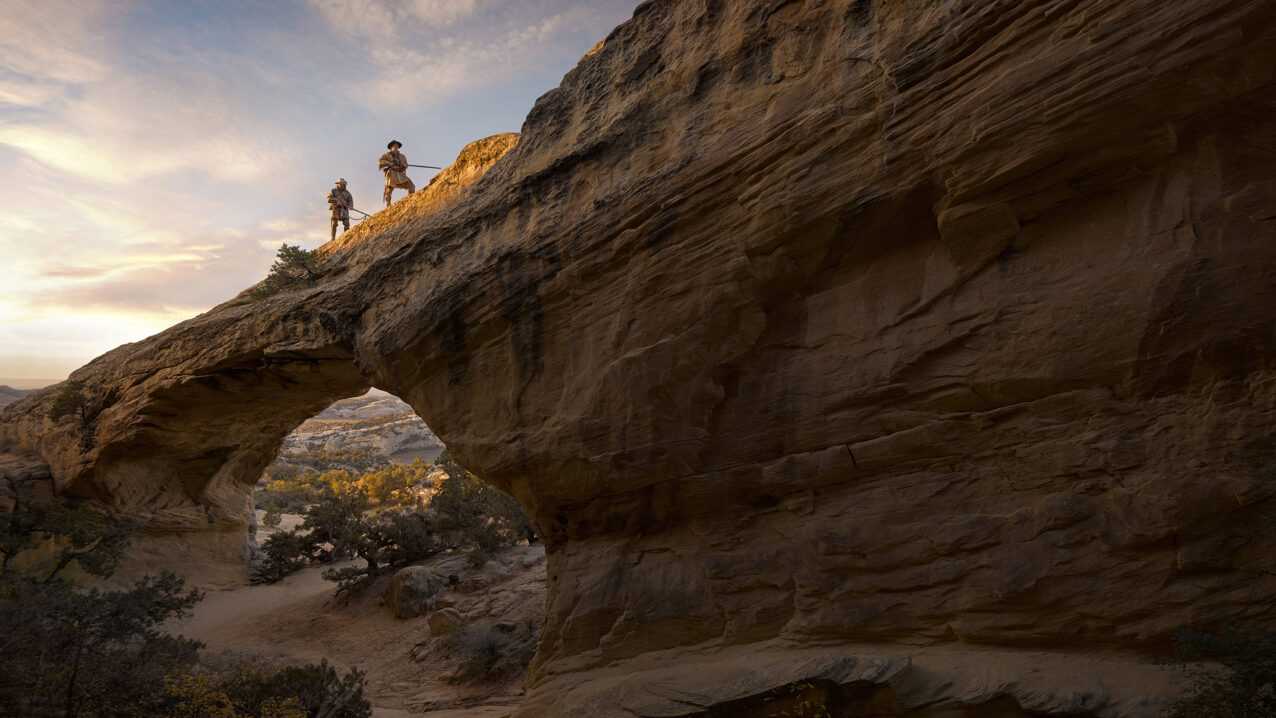
I would often fly on Thursdays, taking three to four connecting flights, after which I often had to drive two to three hours to get to my destination. The last part would always be on foot. As 2018 was a very busy year with commercial projects, I would fly back on Sunday afternoon or early Monday morning to get back to work on Tuesday. So most of the time I didn’t spend more than three days in the US. This grueling travel schedule was accompanied by little or no sleep because I would be shooting long days (before sunrise until after sunset) and carrying the necessary camera gear by myself. Think of a camera bag weighing over twenty kilos plus a flash with a light stand. And to top it off, on the fourth trip I couldn’t shoot anything because I got serious food poisoning on one of my connecting flights ending up laying in a motel bed (or sitting on the toilet) for two entire days before flying back. But in the end, this whole adventure was worth every minute.
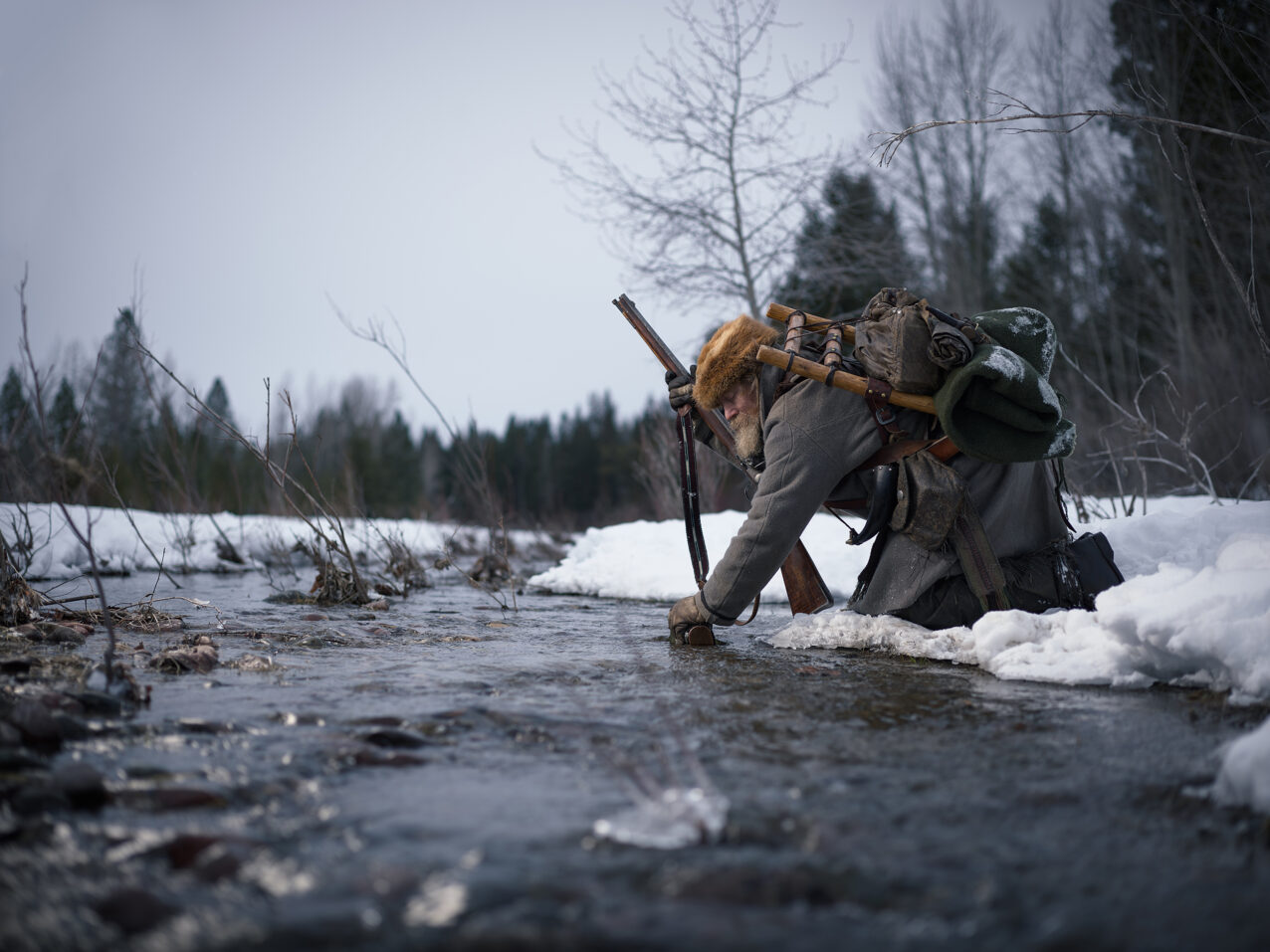
The style I started shooting this project in is now the style I am using in my commercial work. Which is a subtle combination of ambient light combined with flash light. Although this project was my own, and I didn’t bring assistants, I did not spare any expenses on the type of gear I wanted to shoot on. All of the images are shot with a Phase One medium format camera combined with the broncolor Siros 800 L. There are several other flashes on the market that are smaller and weigh less, but I still chose to bring the Siros 800 L for various reasons.
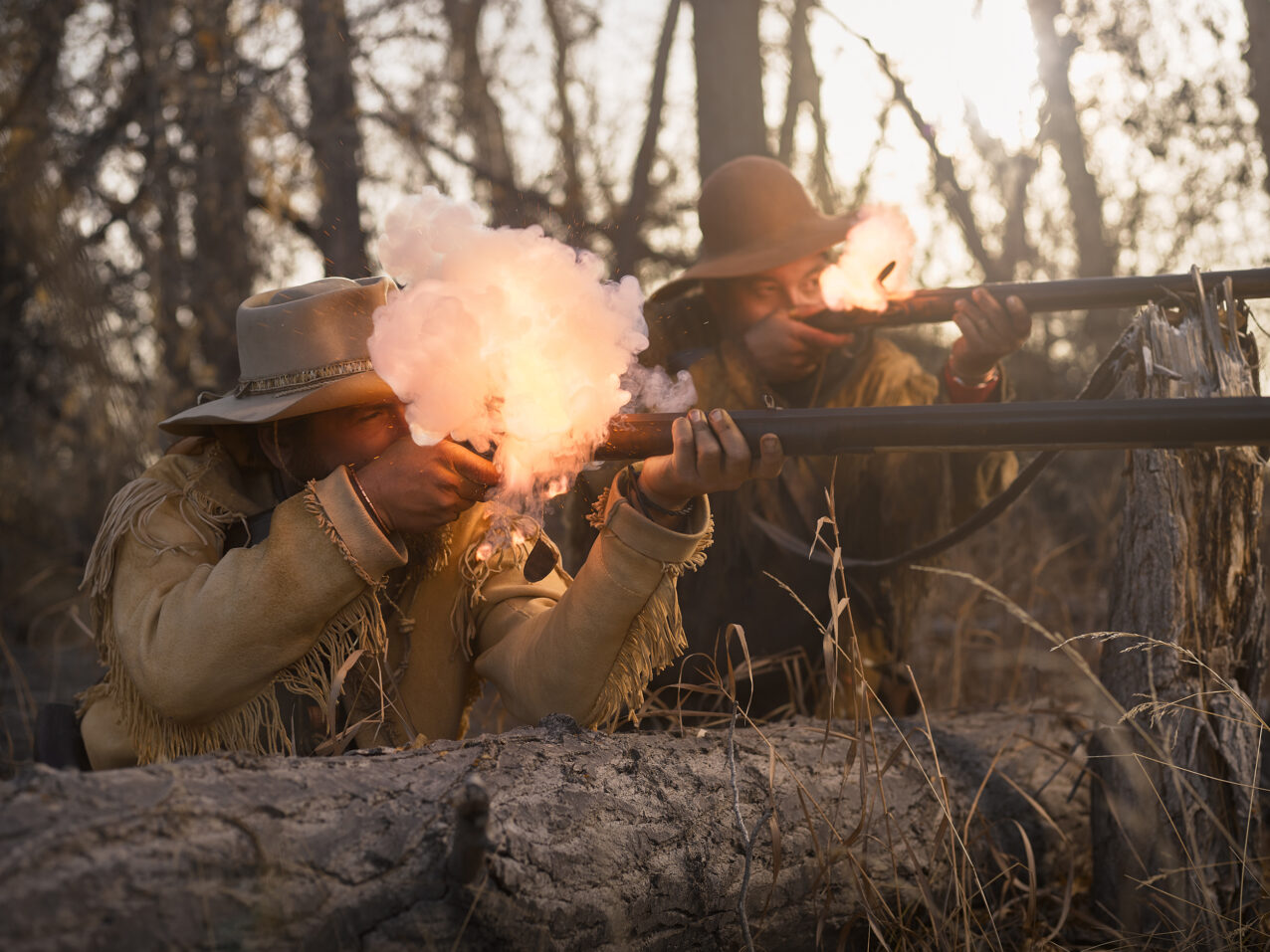
One is that it is more powerful than competitor brands in terms of the output/size of the flash (800 J/Ws), and it will work even under extreme conditions. And oh man, I really gave that flash some rough times. From -25° C in the north of America, close to the Canadian border, to +40° C in the dry wastelands in central USA. Plus it even fell a few meters down a cliff taking some heavy hits to the rocks and forcing the handle to break. Even though it looked bad at first, the flash itself still worked perfectly, hallelujah! That was one of the moments I was glad I took the ‘extra weight’ instead of bringing on a cheaper/more breakable flash that would probably have exploded. And since I only brought one flash I was relying on something that would not let me down, and it didn’t.
So ever since that project, when I can only bring one flash it’s the Siros 800 L. Fast, powerful, battery powered - but most importantly: reliable.
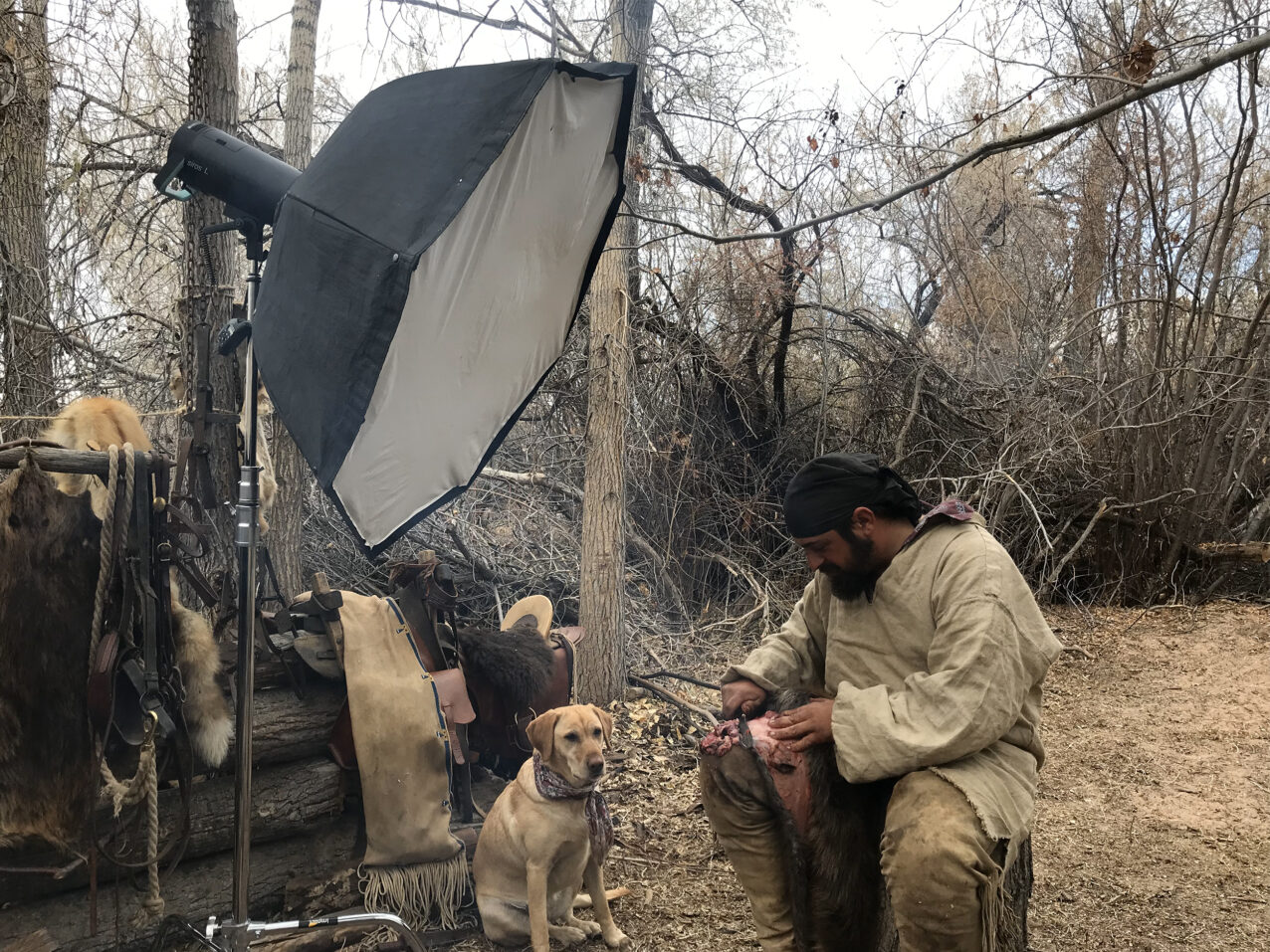
I took the first photo in May of 2016, fast forward five and a half years and I held the first copy of the book in my hands. An extremely rewarding feeling as you can imagine. The result is a 240-page book with over 100 high-quality images, stories, and an index in the book with descriptions taking the reader on a historical journey.

If you are interested in the book please consider ordering a copy at www.themountainmenbook.com
Thank you for taking the time to read the article and shoot me a message on Instagram if you have any questions!
Instagram: @jeroennieuwhuis
Website: www.jeroennieuwhuis.com
